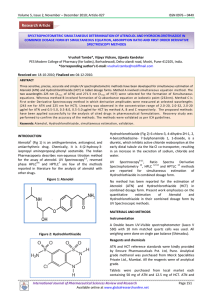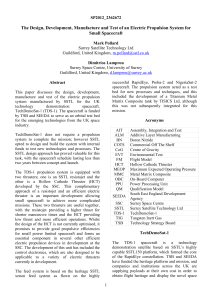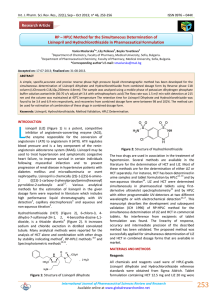File
advertisement
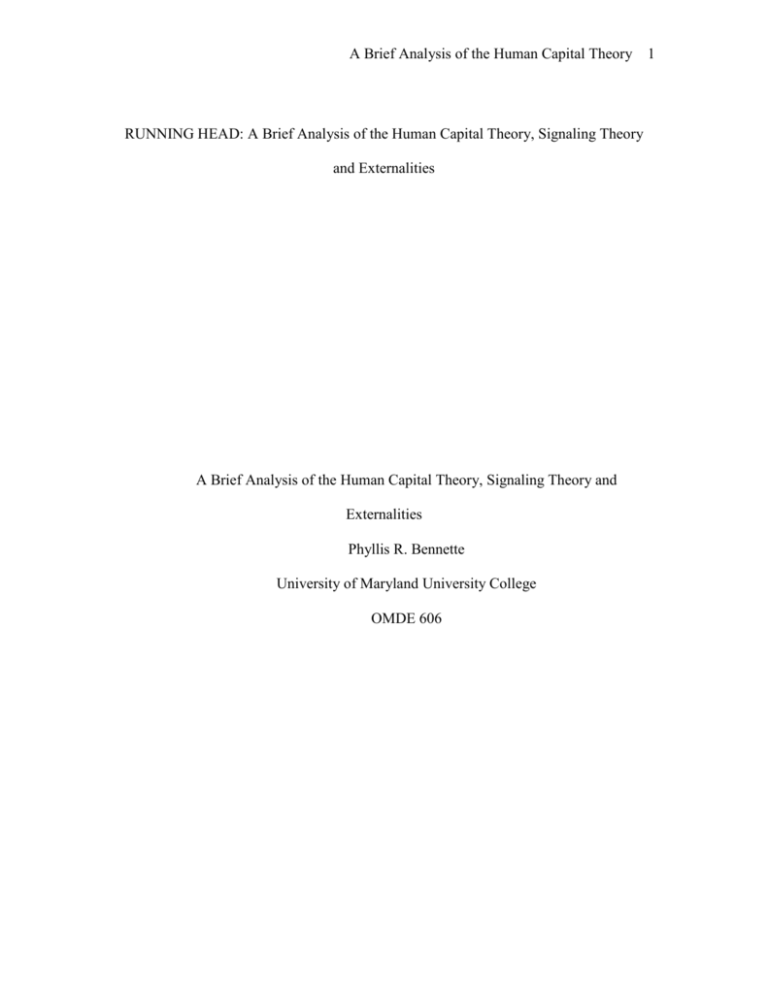
A Brief Analysis of the Human Capital Theory RUNNING HEAD: A Brief Analysis of the Human Capital Theory, Signaling Theory and Externalities A Brief Analysis of the Human Capital Theory, Signaling Theory and Externalities Phyllis R. Bennette University of Maryland University College OMDE 606 1 A Brief Analysis of the Human Capital Theory 2 Abstract The purpose of this paper is to provide a brief exposition on Human Capital Theory (HCT) in terms of analyzing its meaning, characteristics and main tenets and identifying other theories and beliefs which undermine or run counter to HCT. The paper closes with providing a supportive basis why people continue their education for reasons other than remuneration. What is Human Capital Theory (HCT) HCT is the belief that people invest substantially in themselves in order to enhance their skills and knowledge and that this investment reaps positive earnings in terms of return on investment (ROI) for the individual and society. Unlike physical assets, HCT is often overlooked and tricky to measure. Once thought to be a negative connotation (human chattel), people now consider themselves as capital investors in themselves (Schultz, 2002). In a broader sense, HCT is categorized as direct expenditures in health, relocation/migration, and education in terms of formal schooling, on-the-job training and through one’s own initiative (Schultz, 2002). According to Schultz (2002) truisms of HCT purport that: #1: As people become more educated, they become more productive. #2: Skills and knowledge are human components which feed into the productivity “black box” to generate ROI and economic growth. A Brief Analysis of the Human Capital Theory #3: Various types of discrimination (sexism, racial etc) can account for the differences in economic growth when examining explicit characteristics of human capital investment. #4: Unlike countries like the U.K., Germany and the U.S., third world countries must have substantial human capital investment in addition to infrastructure to obtain optimal ROI to sustain their economic growth (Perraton, 2000). #5: Our society is filled with imperfections and barriers (poor tax laws, various forms of discrimination etc.) which fail to recognize human capital as a valuable component. #6: Once consumption dollars are separated from investment dollars related to human capital, it is believed that net gains are still realized. #7: Earnings directly correlate to one’s absolute level of education. Theories and Beliefs Which Differ from HCT Unlike HCT the screening or signaling theory maintains that when individual A acquires education which puts him educationally “on par” with individual B, then individual B will acquire more education to signal that he is in fact not homogenous to individual A, but different or set apart (Walker & Zhu, 2003, p 146). Furthermore, his wages depend on relative education levels (a differing factor) rather than absolute education levels as with HCT in his effort to exceed “the Joneses”. Lastly, individual B is not concerned about the additional education acquired by individual A in regards to HCT (Walker & Zhu, 2003, p 146). 3 A Brief Analysis of the Human Capital Theory 4 Credentialing supports both the HCT and signaling theory to convey educational status; however, there are a number of issues surrounding it such as the quality of the degree and recognition of it across various institutions and countries. But sometimes various factors are examined rather than just one factor (education) when determining the best-fit person for the job. This is what is known as “positional goods” or ranking by desirable traits or abilities as coined by Hirsch in 1977. In this case, having the “best” education may not prove to be the winning factor, but rather the most acceptable transaction cost for the highest productivity received. Benefits beyond Remuneration Conclusion In closing, Rumble (2007) shares that social morality should prevail in order to allow everyone to lead a “good life” through adequate availability of resources. This includes the use of distance education which perhaps becomes a formidable equalizer in eradicating society’s social ills to leading “bad lives”. A Brief Analysis of the Human Capital Theory 5 References Checchi, D. (2006). The economics of education: Human capital, family background and inequality. Cambridge: Cambridge University Press. Psacharopoulos, G. (1995). The Profitability of Investment in Education: Concepts and Methods: World Bank. Perraton, H. (2000). Introduction: golden goose and ugly duckling, Open and distance learning in the developing world (pp. 4-9). London: Routledge. Peters, O. (1994). Distance education and industrial production: a comparative interpretation in outline. In D. Keegan (Ed.), Otto Peters on distance education: the industrialisation of teaching and learning (pp. 107-127). London: Routledge. Rumble, G. (2007). Social justice, economics and distance education. Open Learning: The Journal of Open and Distance Learning, 22(2), 167 -176. Schultz, T. W. (1961). Investment in human capital. American Economic Review, 51, 117. Walker, I., Zhu, Y. (2003, March ). Education, earnings and productivity: recent UK evidence. Labour Market Trends, 111 (3). Wolf, A. (2002). Does education matter? Myths about education and economic growth. London: Penguin books.


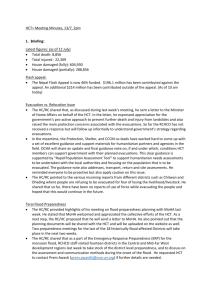


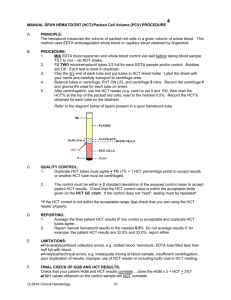

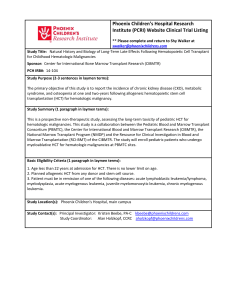
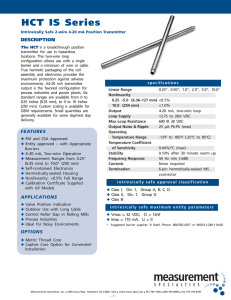

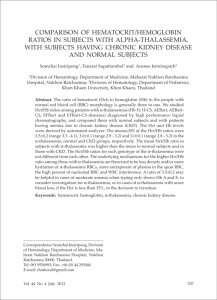
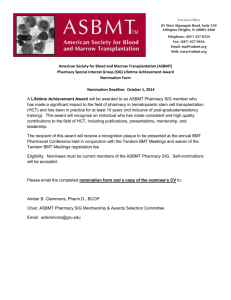
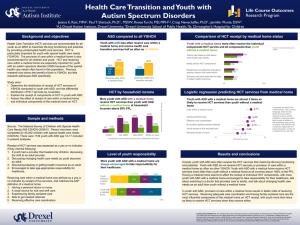

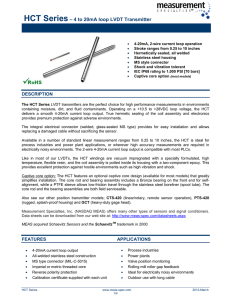
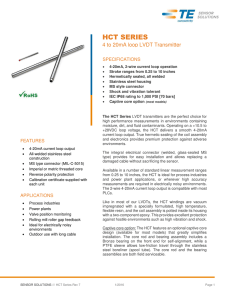
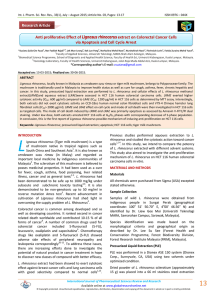
![DNA Mismatch Repair-Dependent Suppression of Genotoxicity of Benzo[a]pyrene Diol Epoxide](http://s2.studylib.net/store/data/011987516_1-a007f5c5f97bd0149575e5b386894c87-300x300.png)
